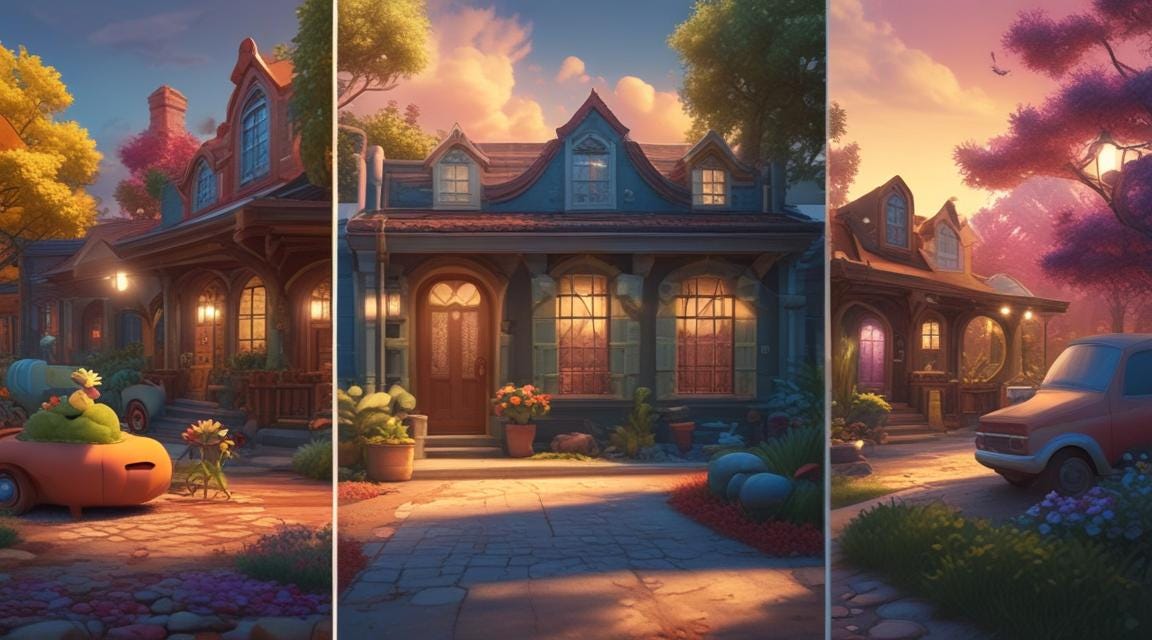The Five Types of Setting in Fiction
How They Shape Your Story
The setting of a story doesn't just provide a background; it directly affects the events and the overall tone. For example, in Harry Potter, Hogwarts is a place of wonder and discovery where students learn magic, but it’s also filled with hidden dangers, like the Forbidden Forest or the Chamber of Secrets, adding an element of suspense and mystery. Diagon Alley sets the tone for excitement and anticipation as Harry enters the magical world for the first time, while Gringotts Bank’s eerie atmosphere, with its dark passageways and goblins, creates tension during high-stakes moments. Meanwhile, Hogsmeade provides a sense of warmth and community, offering a place of relaxation for students. Each setting in the story not only frames the action but also evokes a specific mood that enhances the reader’s experience.
Let’s explore five common types of settings and how they shape stories.
1. Realistic Setting
A realistic setting mirrors the real world as we know it. These settings are grounded in familiar and believable places and experiences. Whether it’s a small town, a busy city, or a remote village, the focus is on creating an authentic setting.
Example: A young teacher works in an overcrowded inner-city school, trying to make a difference in her students' lives despite the challenges of the education system.
Realistic settings often help readers connect with the story because they recognize the places, experiences, or situations.
2. Fantasy Setting
Keep reading with a 7-day free trial
Subscribe to Write Your Books by Laura C. Cantu to keep reading this post and get 7 days of free access to the full post archives.


